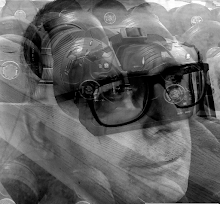the urban street room
When we are fascinated by the city, the urban, it is in
city life we are fascinated by. Even if we
has a particular interest in house architecture and
the art of urban planning, which can often be called urban, I mean that something of what attracts
us and what gives the idea of urbanity meaning is the experience of
or the notion of how the architectural space forms a stage for the social.
In order not to trivialize the architecturally urban, it applies
not to link the idea to the city in general, but to some
traits that have traditionally been typical of it, an intensity that
recovers from a large number of people and businesses
in a small area. City spaces as small squares
and passages, which house many activities and at the same time are
of limited size, are particularly urban-charged and, synergistically, give rise to more activity precisely because it already exists.
Taking into account actual and perceived intensity,
It means something paradoxical that village lines in this sense can
be urban, while typical open suburban spaces, despite massive
surrounding buildings, can be highly unurban.
Since the big city as a living environment breaks most clearly against traditional ways of life, so can architectural features that have become typical
because it is associated with the urban, such as skyscrapers, wide
streets and traffic and movement. You have to
still understand that it is the intensity along the street, the crowd,
the outdoor seating and the many activities along the street
which is the most important thing. The
there are many types of urbanity, which vary not only quantitatively but also qualitatively, from street to street, from block to block
neighborhoods and from one city to another. Constant change, from generation to generation //// Robert G
 Institute of Images is subject to copyright/Malmö/Sweden/Street Scen ©Photo:Robert G
Institute of Images is subject to copyright/Malmö/Sweden/Street Scen ©Photo:Robert G






Inga kommentarer:
Skicka en kommentar